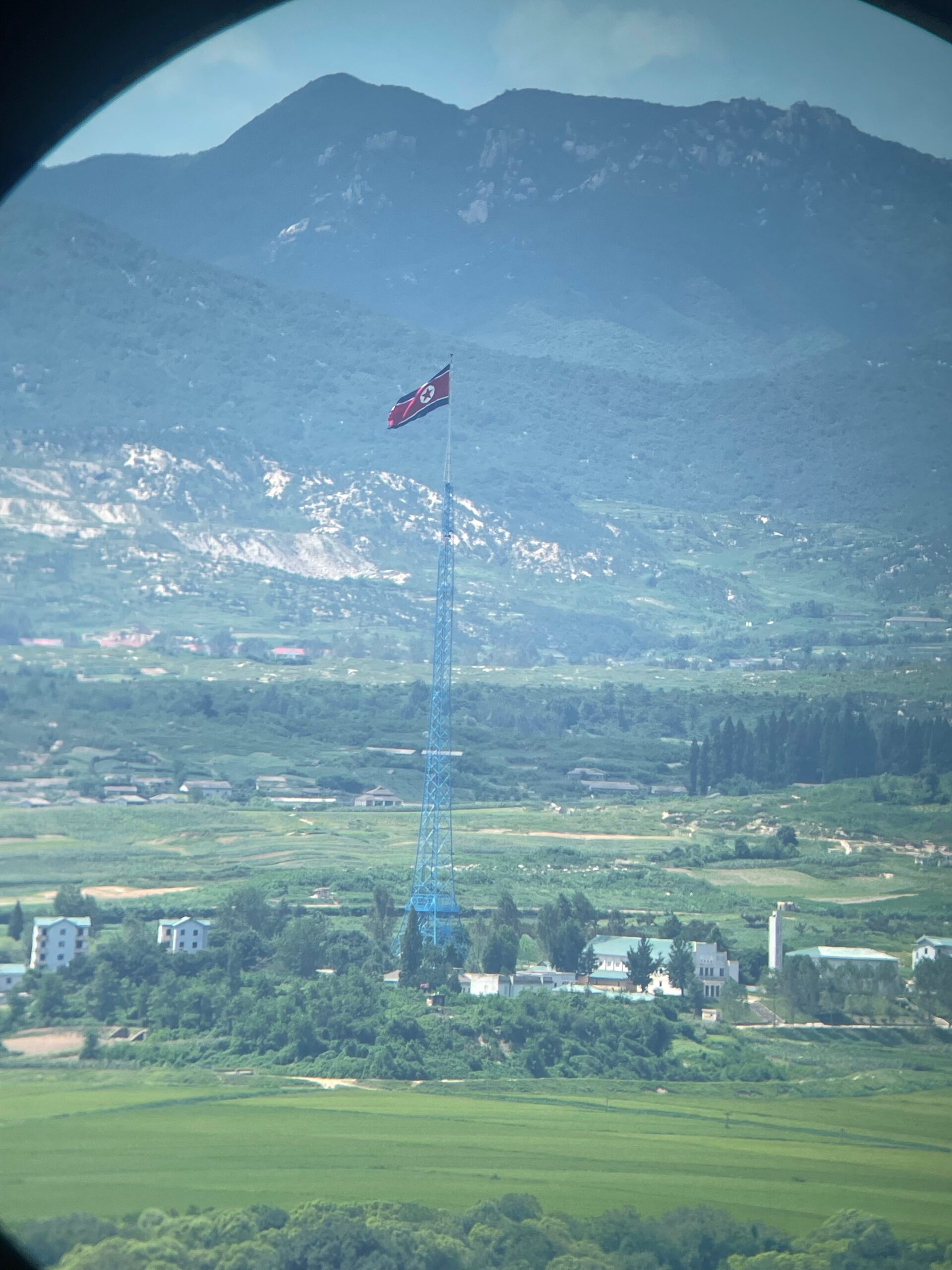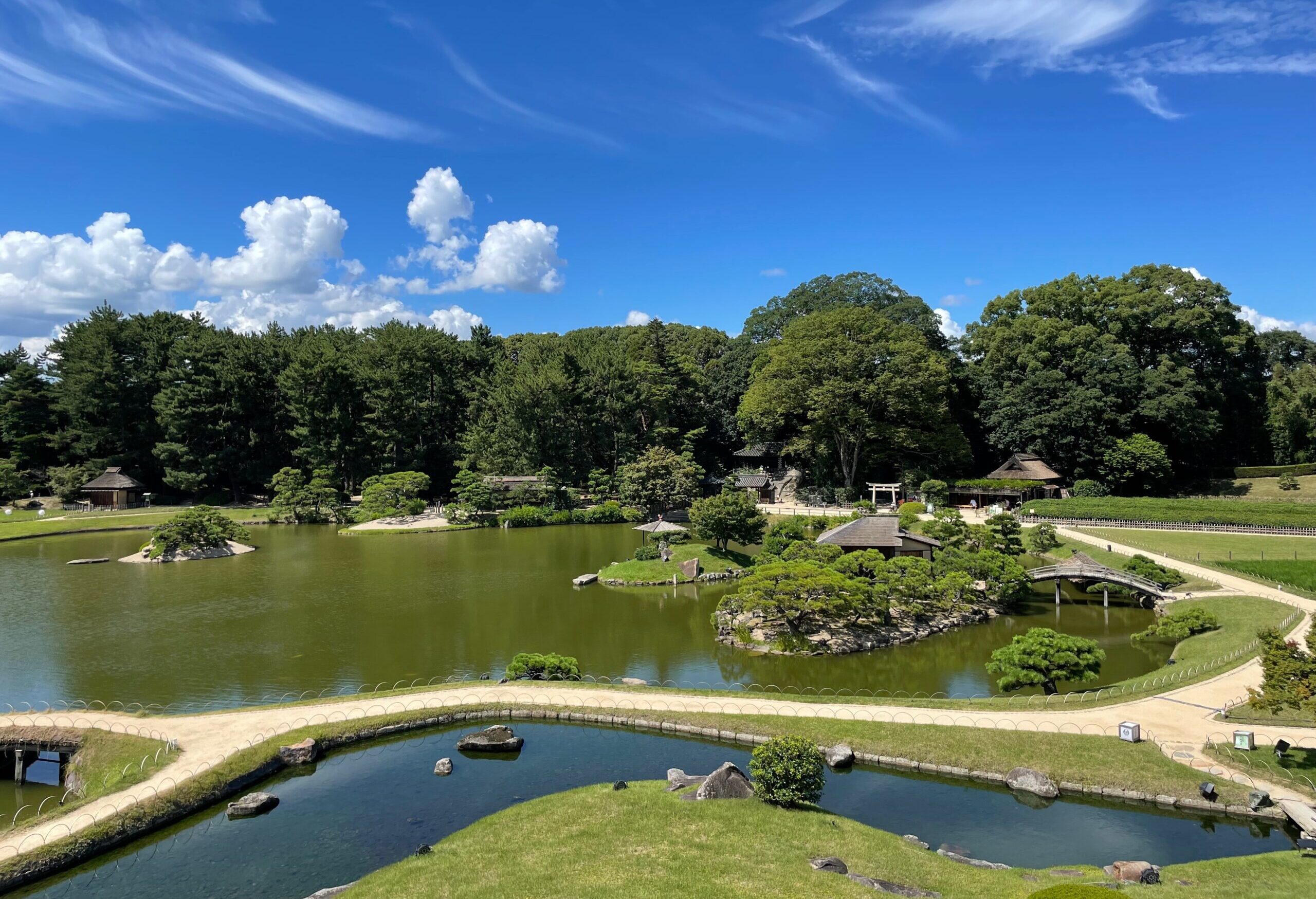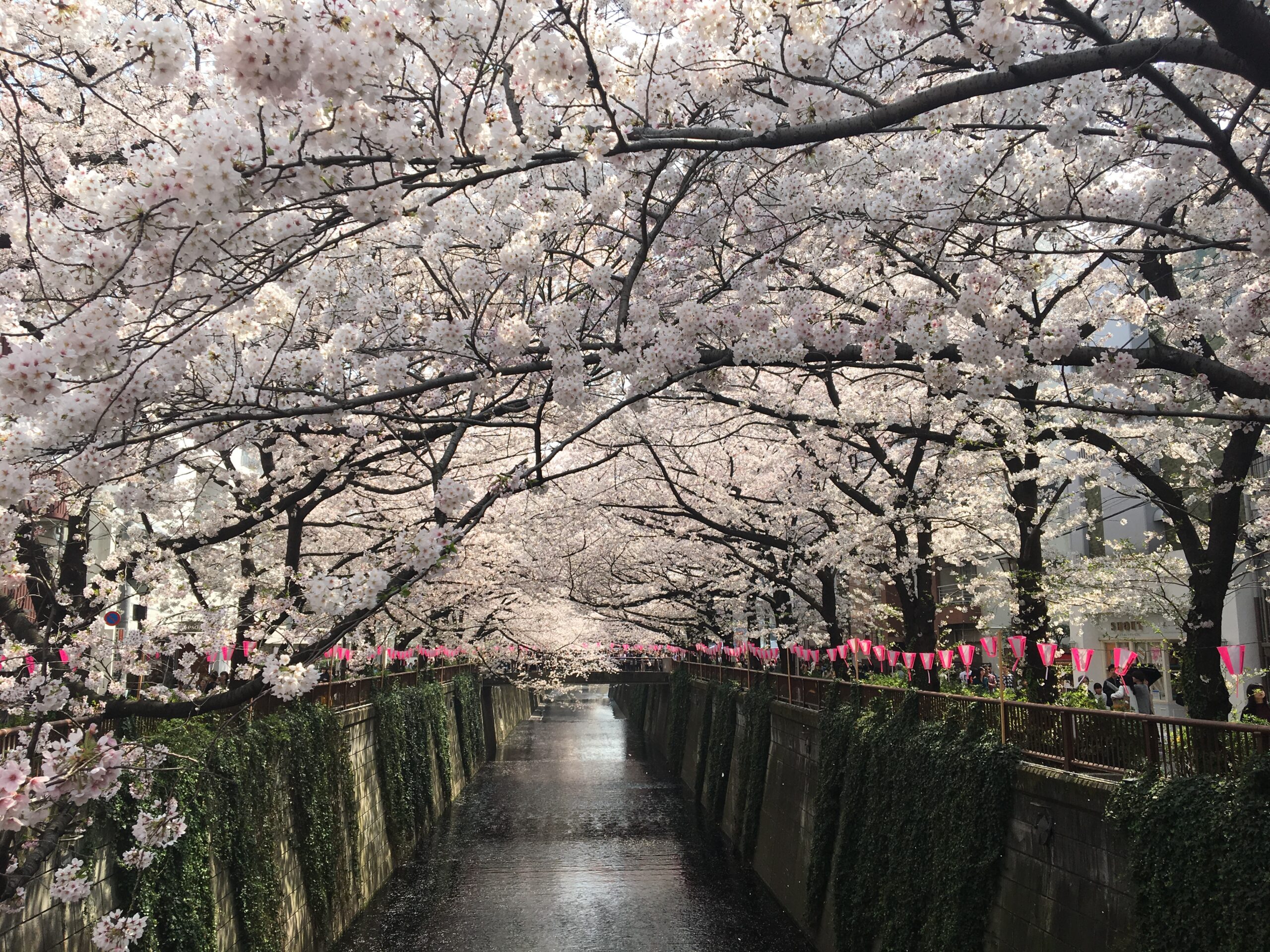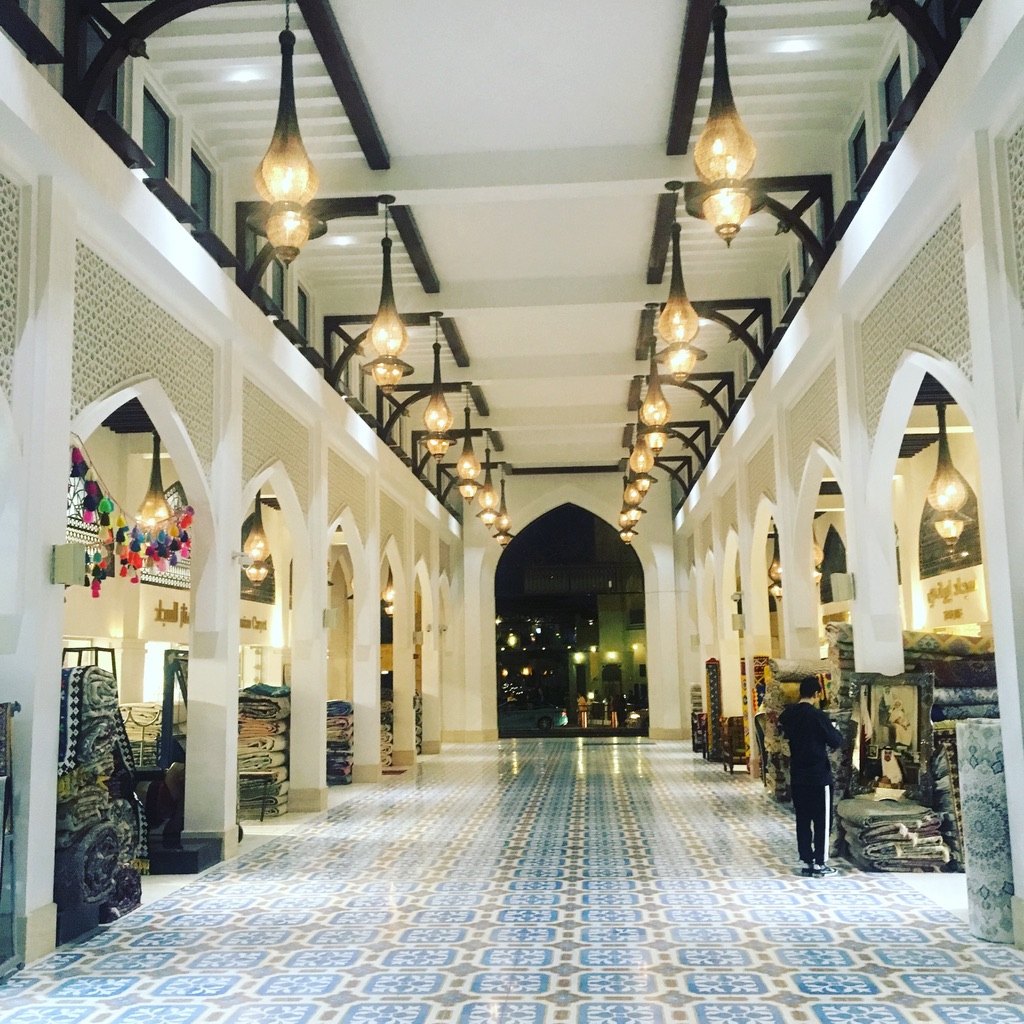What is the DMZ?
When planning our schedule in Seoul we were sure that the trip to the Demilitarized Zone can’t be missed. This is one of the most popular choice of visitors when coming to Seoul and no wonder why – The Korean Demilitarized Zone (DMZ) is a heavily fortified and politically charged strip of land that spans the Korean Peninsula, separating North Korea and South Korea. It is one of the most iconic and significant symbols of the division and tension that has persisted on the Korean Peninsula since the end of World War II and the subsequent Korean War. Despite its name, the DMZ is one of the most heavily militarized regions in the world. Both North Korea and South Korea maintain a strong military presence along their respective sides of the border. The two sides often engage in tense standoffs, and occasional skirmishes have occurred, resulting in casualties. Over the years, there have been numerous efforts to turn the DMZ into a symbol of peace and cooperation rather than division. Proposals for demilitarizing and transforming the DMZ into an international peace park or nature reserve have been discussed, but progress has been slow due to political tensions.
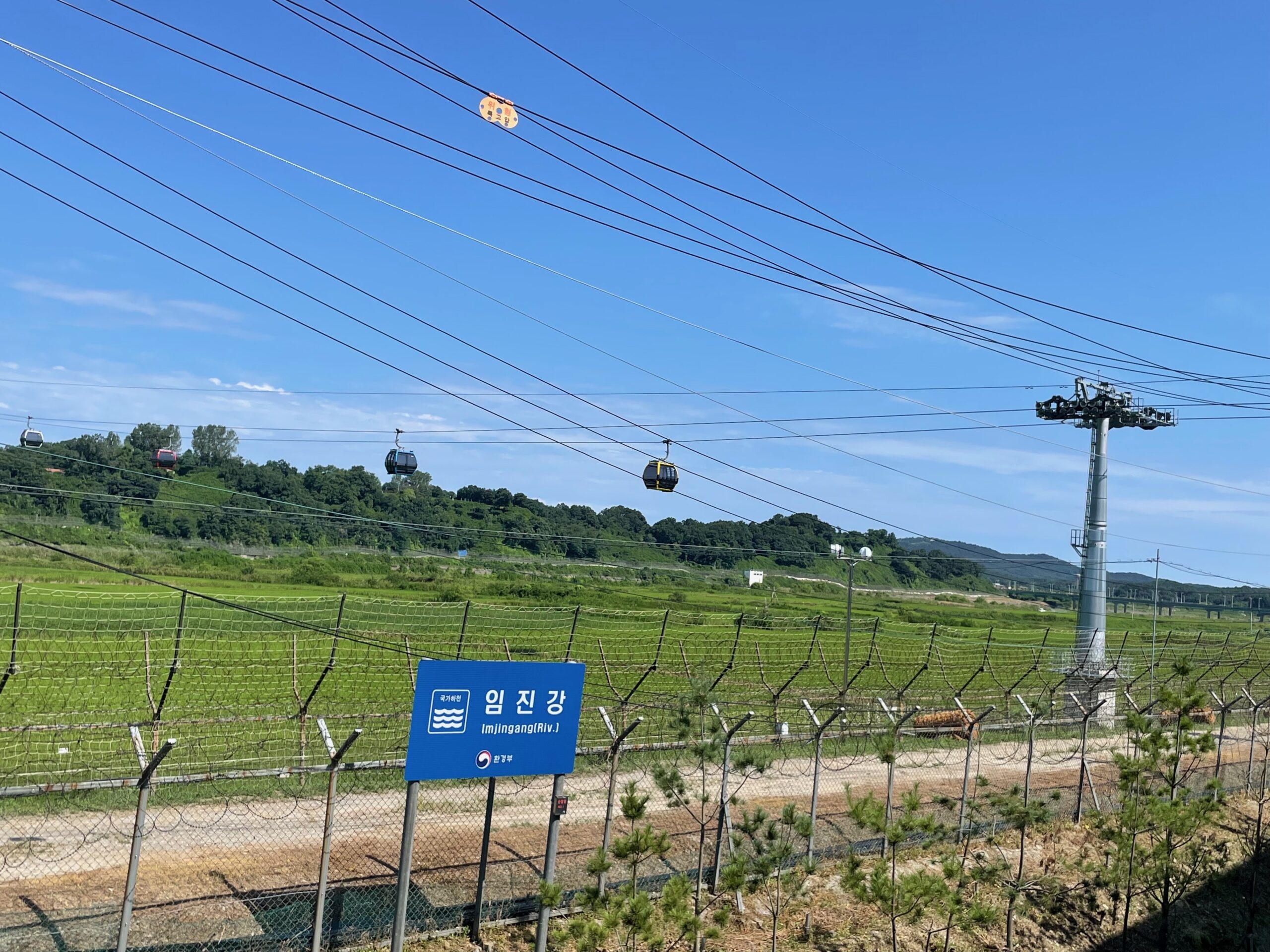 |
If you search for itinerary for Seoul, check out my post here:
Culturally-packed visit to Seoul. What to see in 3 days to learn more about South Korea?
Where the DMZ is located ?
The DMZ is located just 50km from Seoul and is a fairly easy half a day trip or full day trip. The DMZ stretches for approximately 250 kilometers (160 miles) from east to west and is about 4 kilometers (2.5 miles) wide, splitting the Korean Peninsula almost in half. However, visitors can only visit few points when in the DMZ.
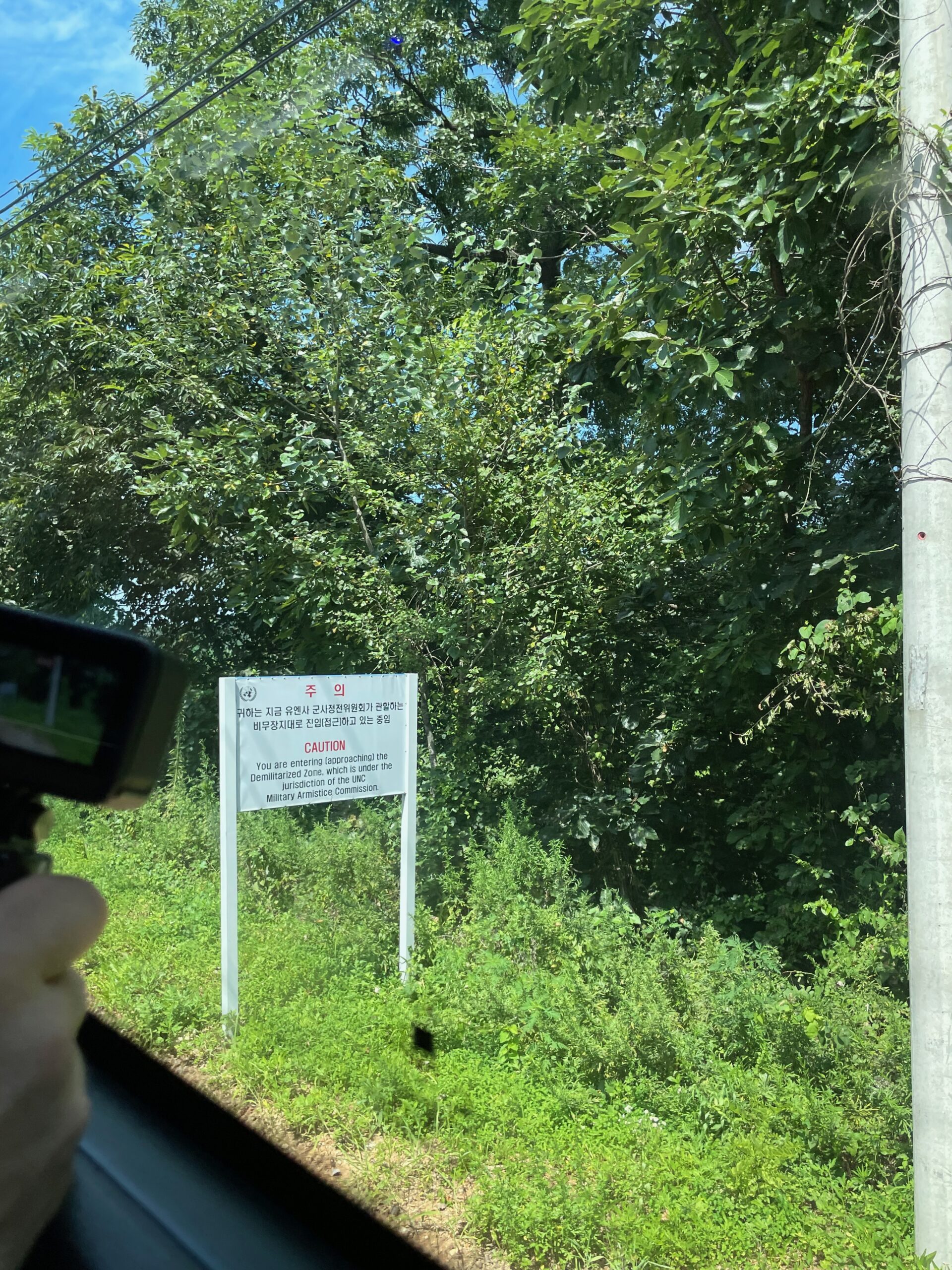 |
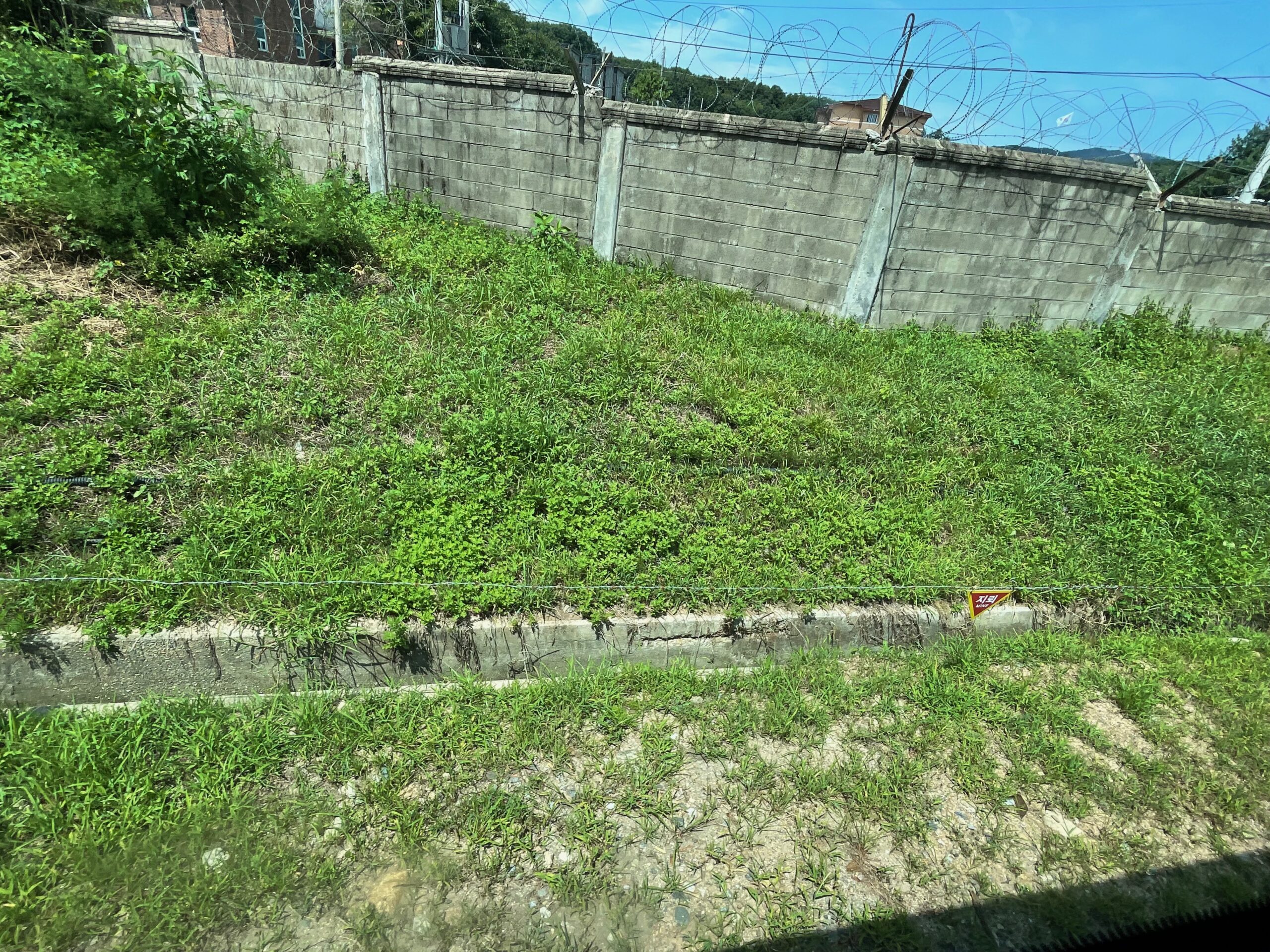 |
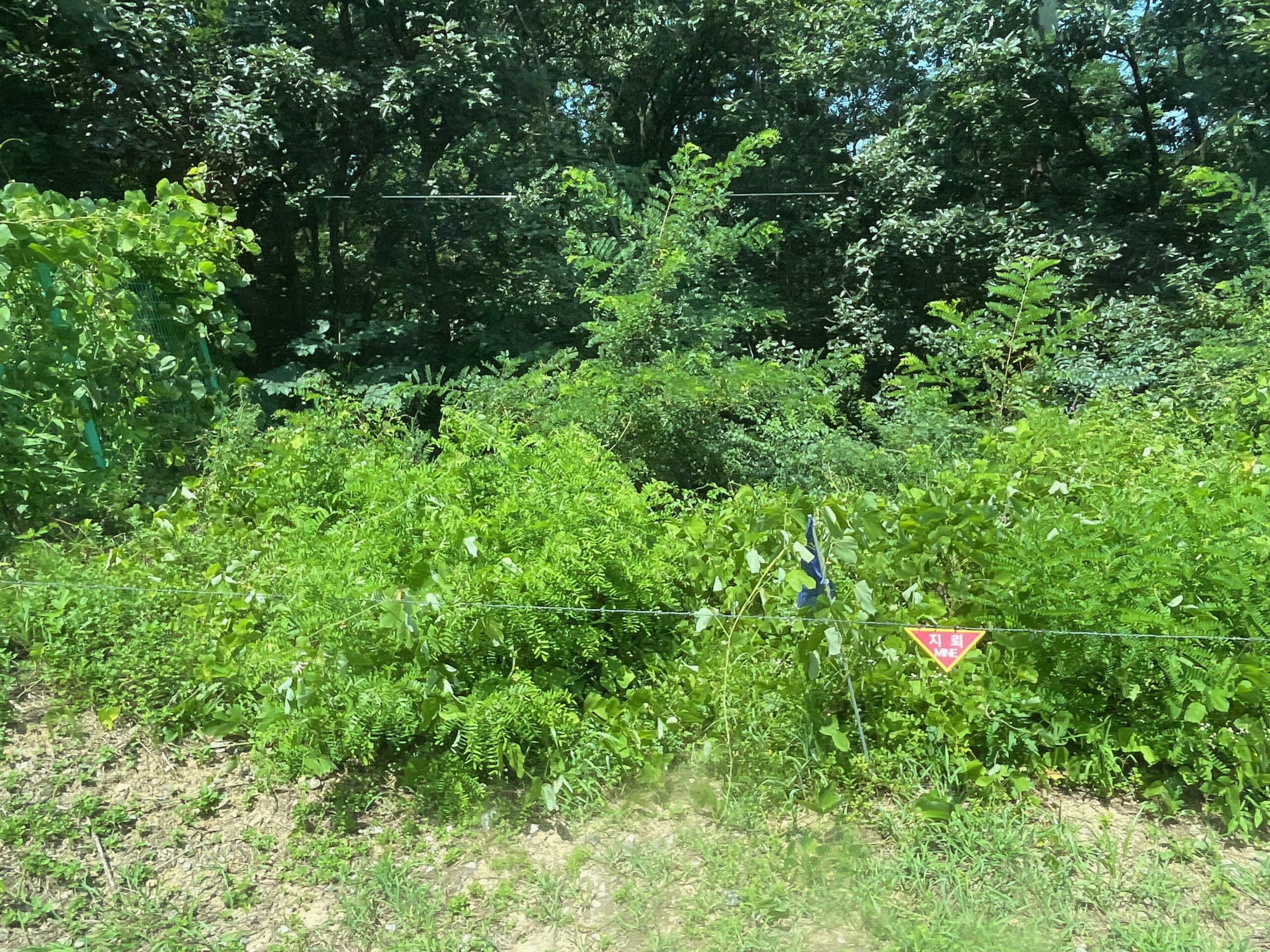 |
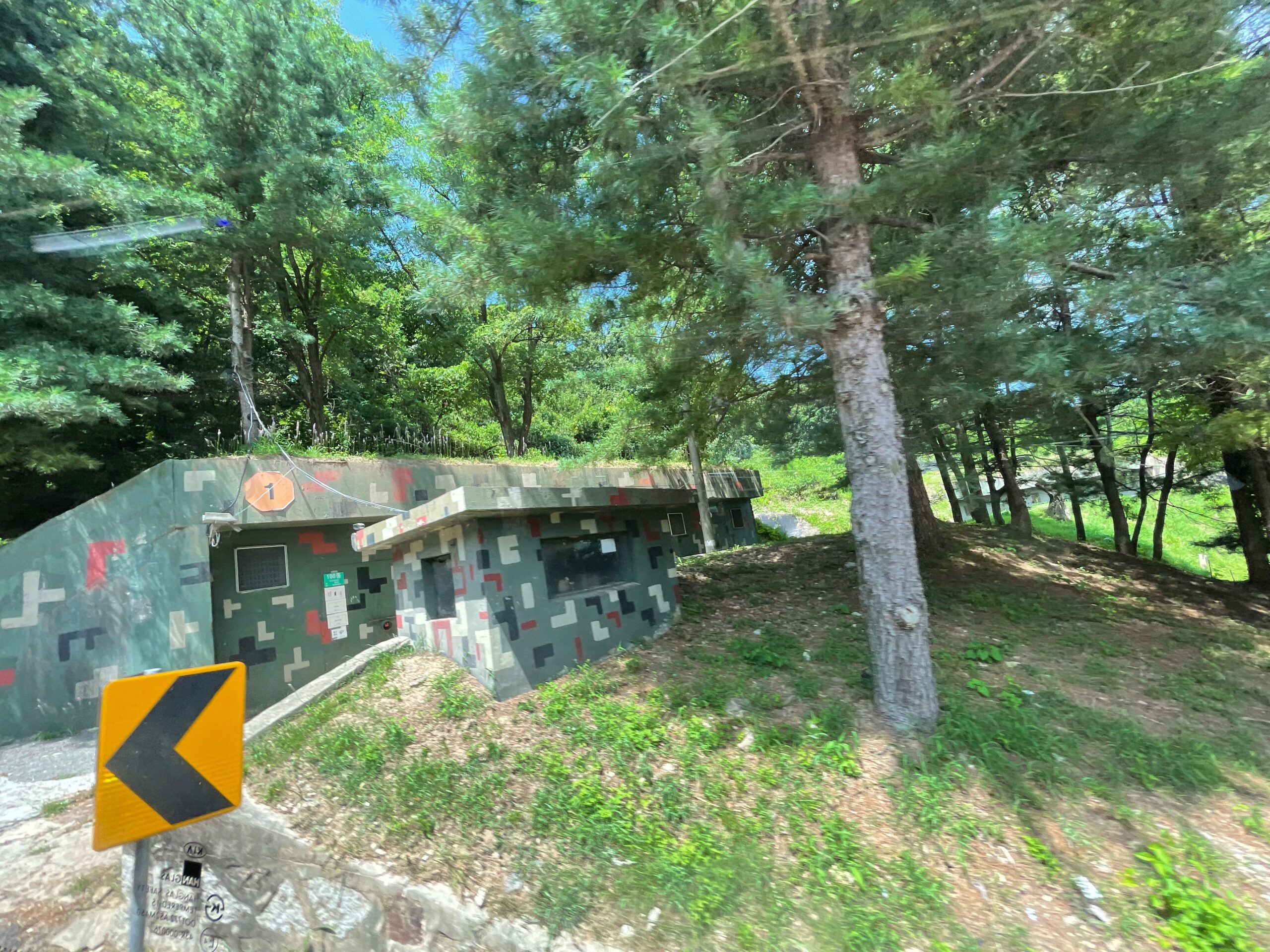 |
How to enter a DMZ?
Access to the DMZ is strictly controlled and regulated. Tourists are only allowed to visit certain areas under the guidance of authorized tour operators. These tours offer a rare glimpse into the tense atmosphere of the region and include visits to landmarks like the Joint Security Area (JSA), where meetings between North and South Korean officials occasionally take place.
Since Korea is still not very touristy country, the advertisements of the tours or tourists agencies offering attractions are not very present on the streets of Seoul. You can search for tours on the internet or ask at your hotel, the second option being in my opinion more convenient.
In our case we had few brochures left in our hotel lobby with detailed tours itinerary. Most of the schedules and prices were comparable, one should be ready to pay 60-80 euro per person for the trip.
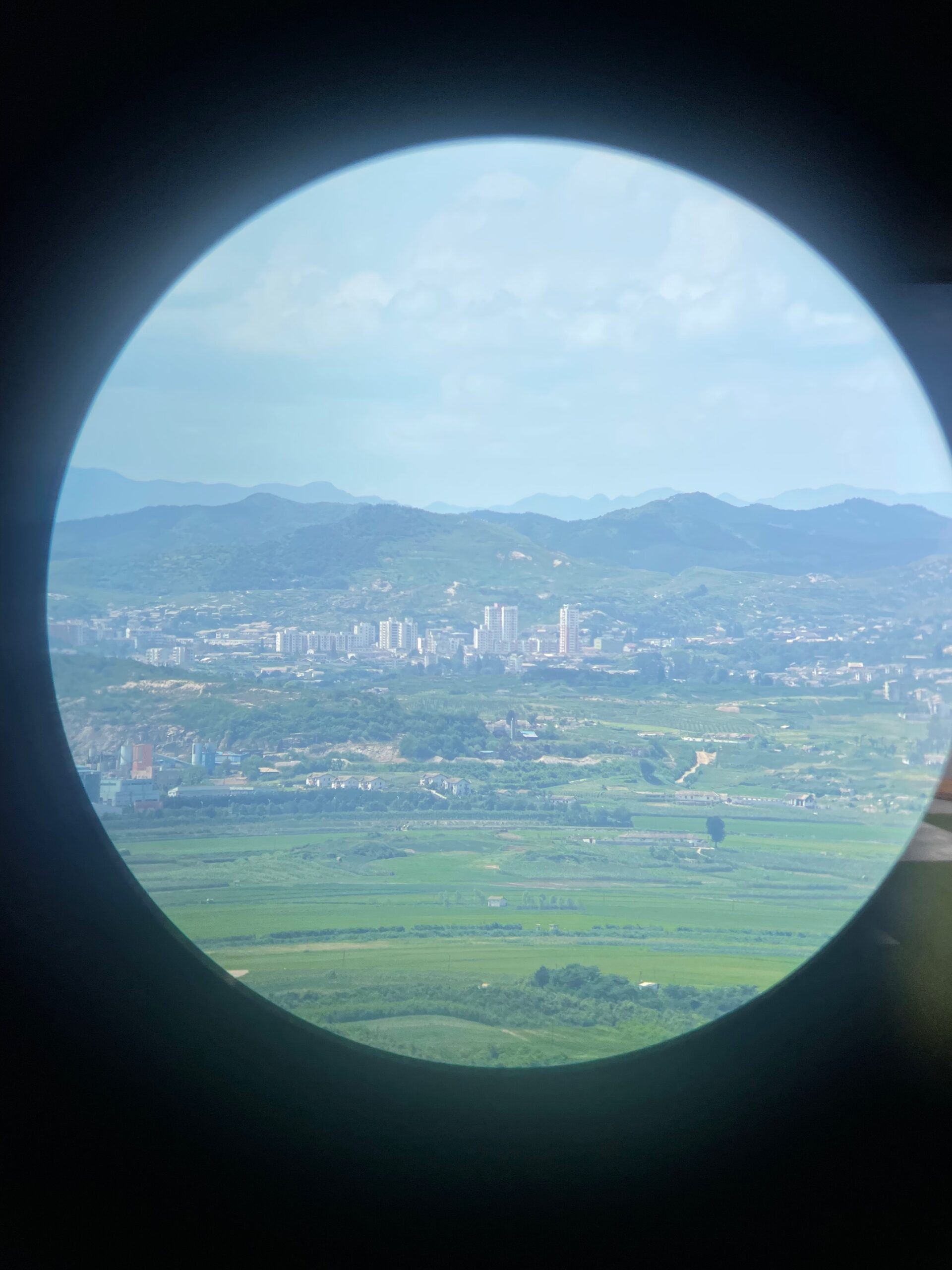 |
The advantage of booking through the hotel was that our receptionist called the agency, spoke with a salesperson in Korean and when one company could not confirm, he contacted another one and in general I have impression that the booking process was smoother. In South Korea I didn’t have impression that tourist traps are common and the hotel workers are genuinely helpful, they don’t try to sell overpriced excursions to get commissions which may be common in certain tourist destinations.
When our trip was confirmed we just needed to show up in our hotel lobby early in the morning. In fact you could always choose between
- Morning tour (starting approx. at 7am and finishing at 3pm)
- Afternoon tour (starting approx. 9:30 and finishing 5pm)
As you see, the afternoon tour starts in practice also in the morning so I think it’s ok to book the earlier one to have some time in Seoul when coming back.
IMPORTANT: In fact, the entrance to DMZ is always different since when the excursion bus arrives to the DMZ visitor center the tour guide must queue to obtain the entry permission for the tour. This is given for the specific hour. Thus, the earlier you arrive, the sooner slot you will get, however the arrival time always depends on the pick-ups of participants, traffic in Seoul, etc. As for the way back in the afternoon, you can also encounter traffic when entering Seoul. That’s why the hours of the excursion are really approximate. In our case, we got a really late entry to the zone and despite the pick-up around 7am, our tour entered the zone at 1pm. Finally, we arrived back to Seoul well after 5pm (even if the brochure stated 3pm). I mention this so you keep your afternoon relatively relaxed and don’t book activities for the afternoon since the actual return time can is really uncertain.
When booking the tour always check the payment methods. If you decide to pay during the tour make sure if you’re expected to pay by cash or card. Searching last minute for cash machine when boarding the bus would be troublesome and could potentionally delay the entire excursion.
Note that the tours are NOT organized on Mondays so arrange your schedule accordingly to avoid disappointments. From my experience it is best to book a tour around 2-3 days in advance through the hotel in Korea. The prices for excursions are not dynamic but in case some of them are overbooked, you prefer to be on the safer side.
What is the usual tour’s itinerary?
The basic tour includes:
- Imjingak Park
This park is situated just a few kilometers south of the Korean Demilitarized Zone. This place is dedicated to promoting peace, reconciliation, and reunification between North and South Korea. It serves as a symbol of hope for the eventual reunification of the Korean Peninsula, a goal that remains elusive but deeply desired by Koreans on both sides. One of the most prominent landmarks in the park is the Freedom Bridge, which was once used to transport prisoners of war and refugees returning from North Korea after the Korean War (1950-1953).
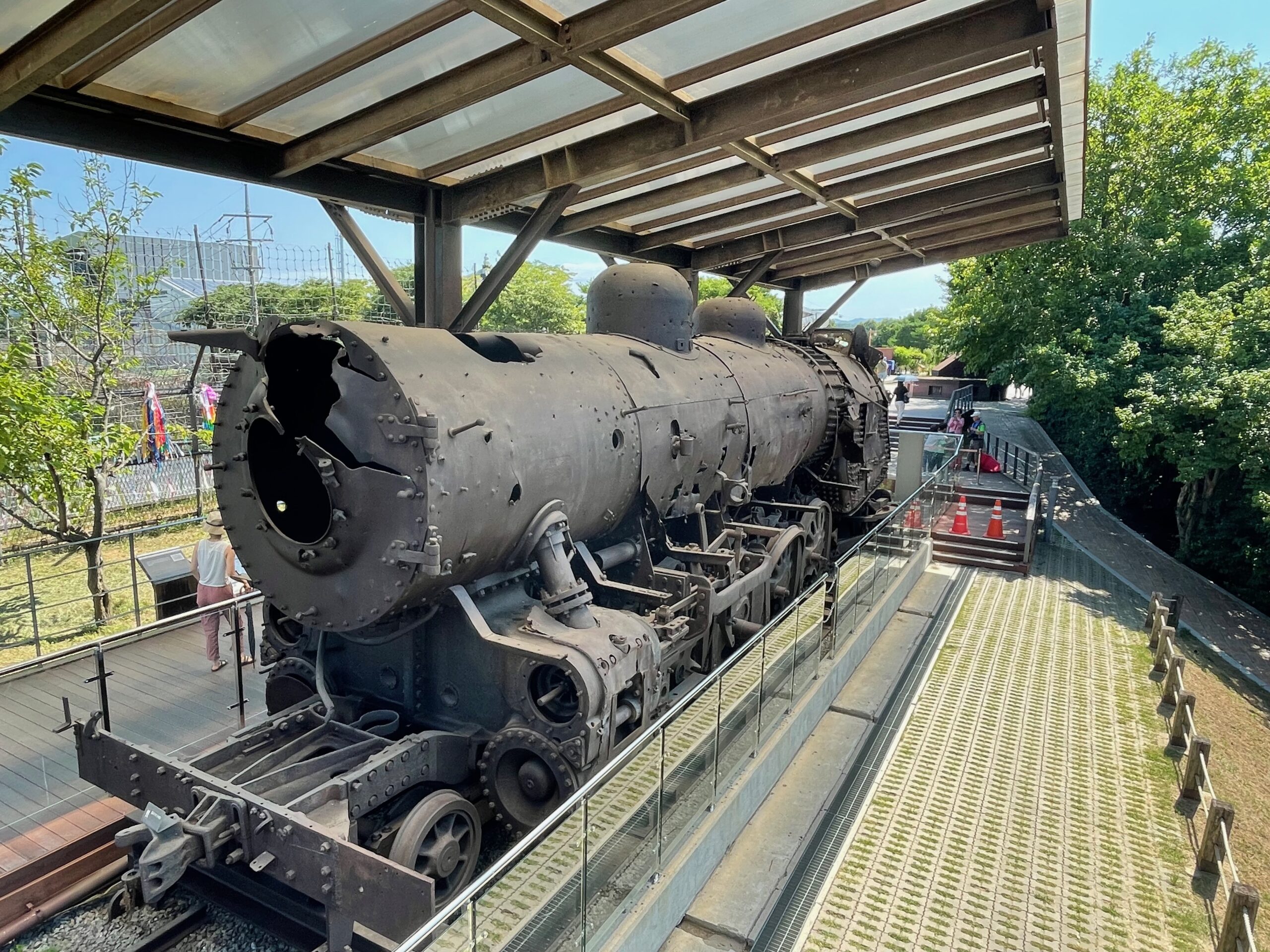 |
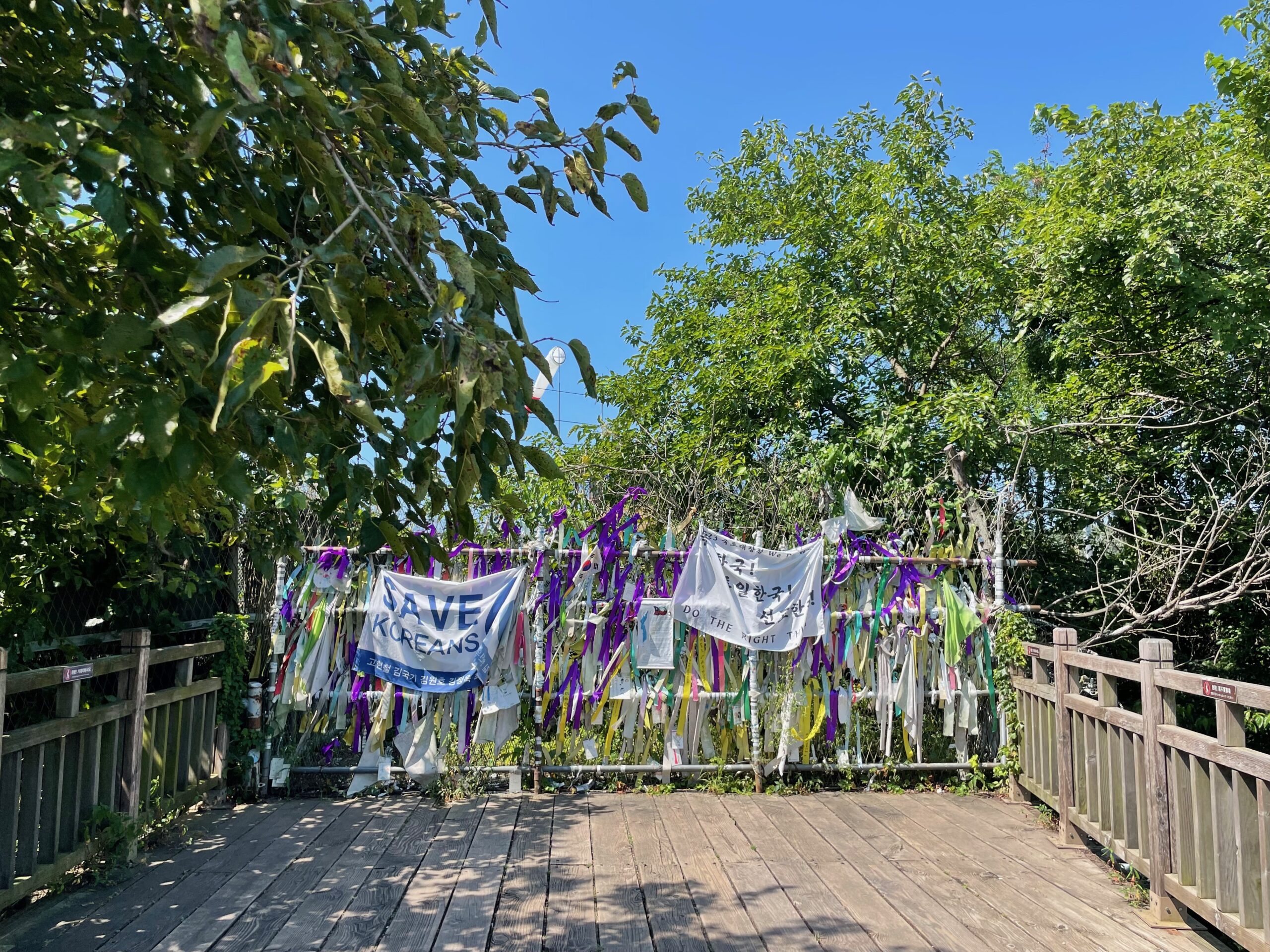 |
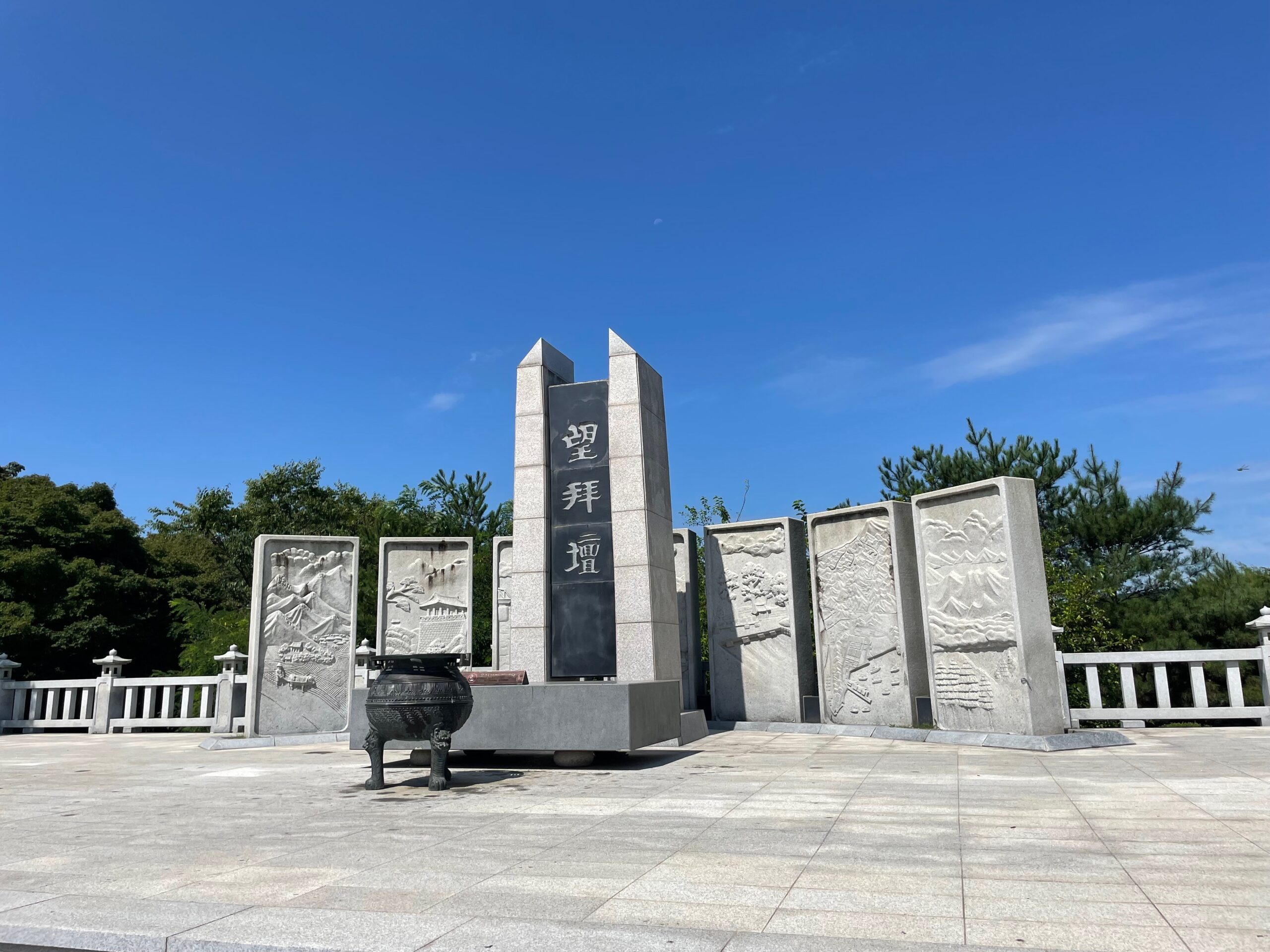 |
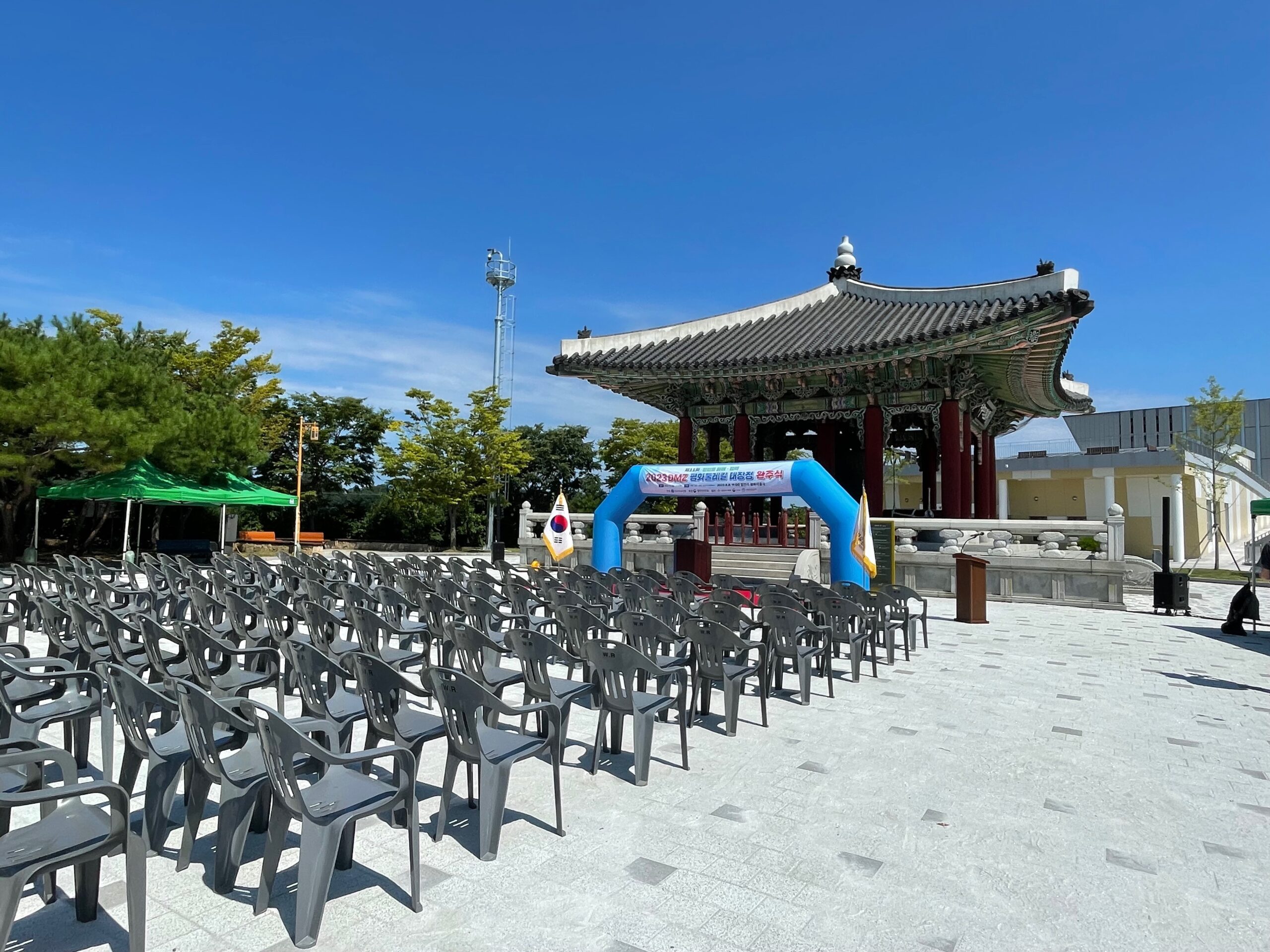 |
- Dorasan station
The northernmost train station in South Korea. While currently not in regular use for cross-border travel, it was built with the vision of connecting North and South Korea through a railway system when reunification eventually occurs.
- Dora Observatory
An absolute must-visit – Dora Observatory – is one of the closest sites where you can have a glimpse at the North Korea. In order to get a closer look at the North Korean side, visitors can use binoculars and telescopes available at the observatory. These optical devices are strategically placed and provide an enhanced view of North Korean buildings, the Kaesong Industrial Complex, tall flag pole as well as fabricated villages to pretend that people are well of in North Korea.
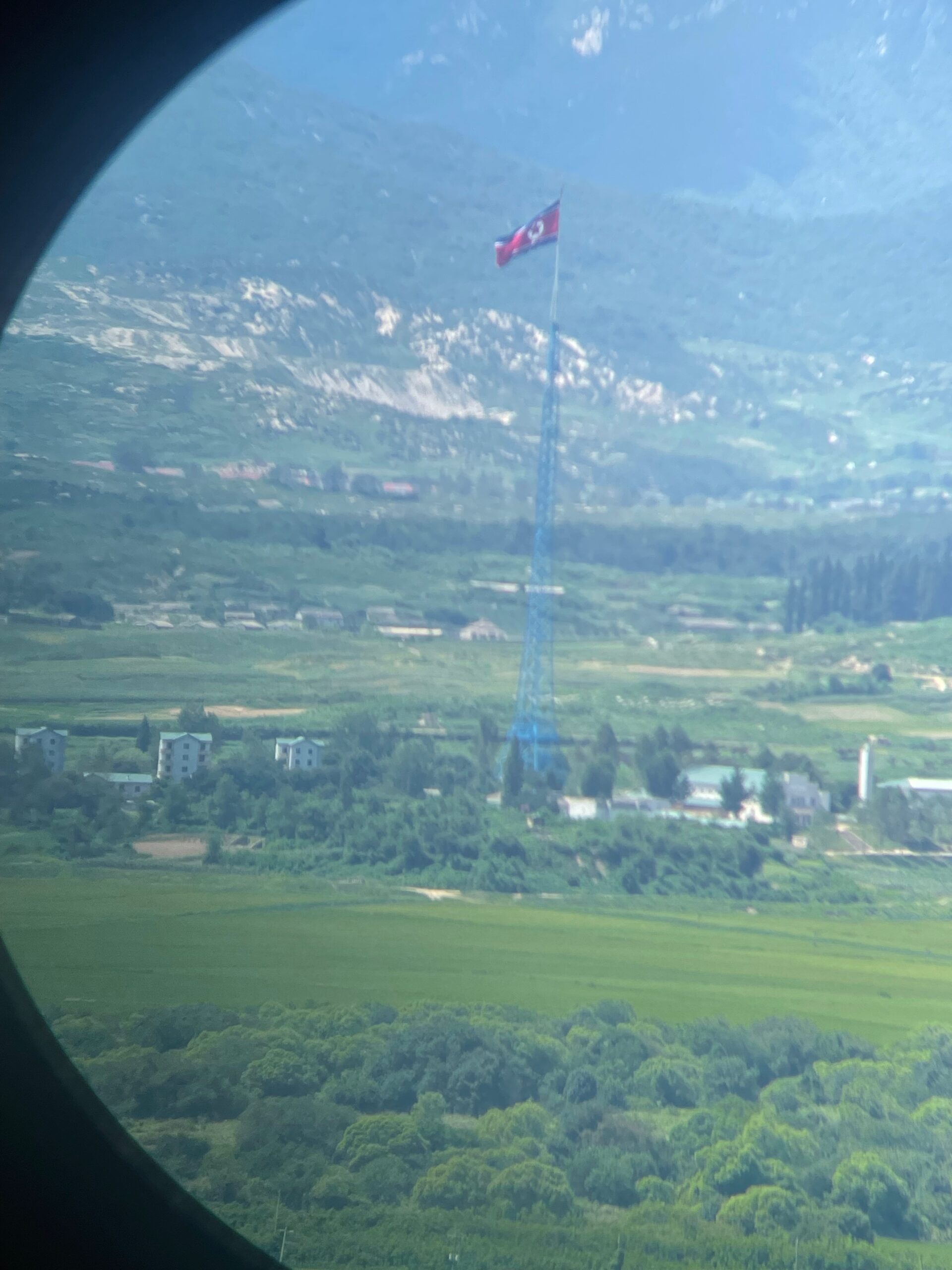 |
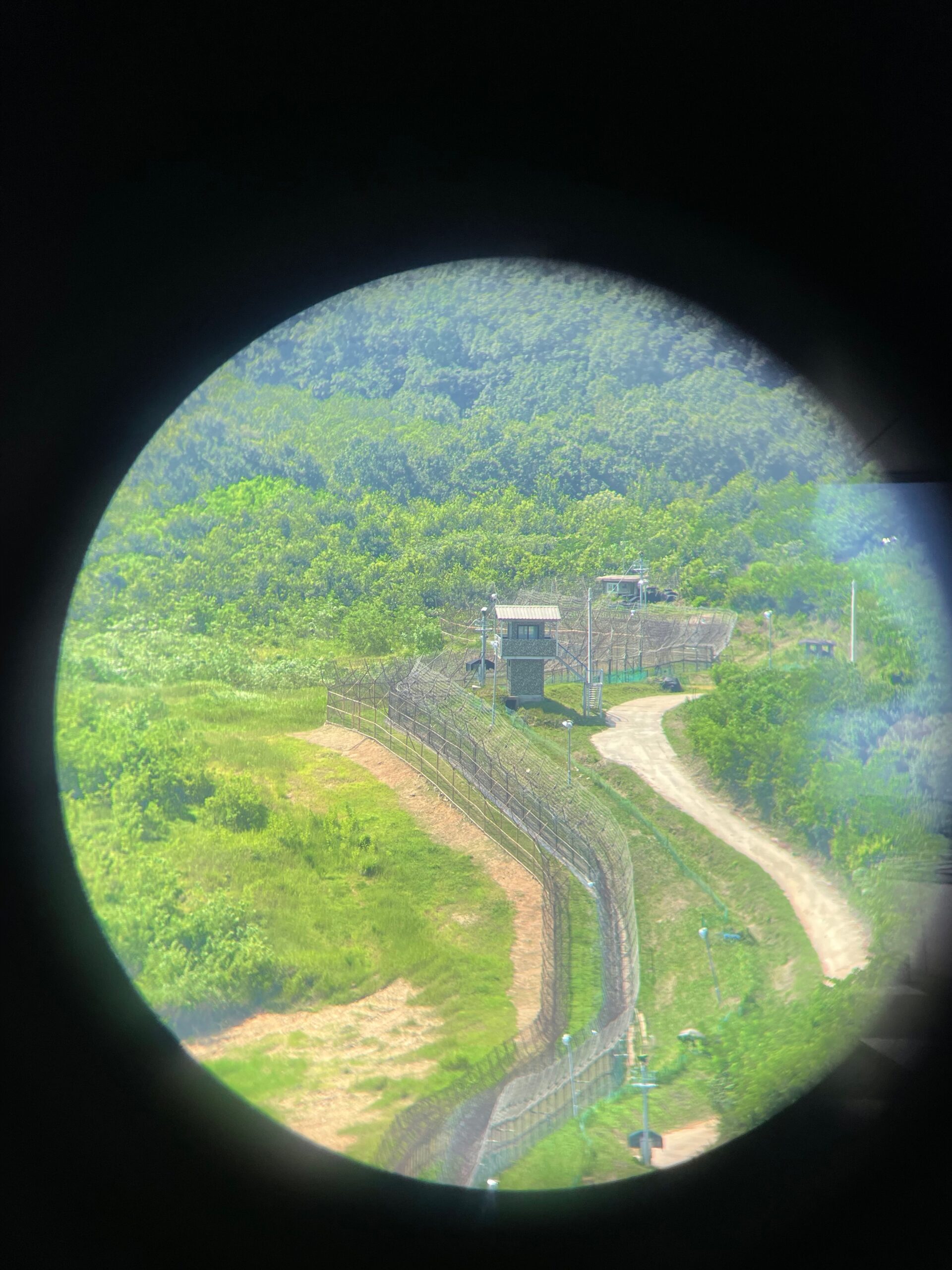 |
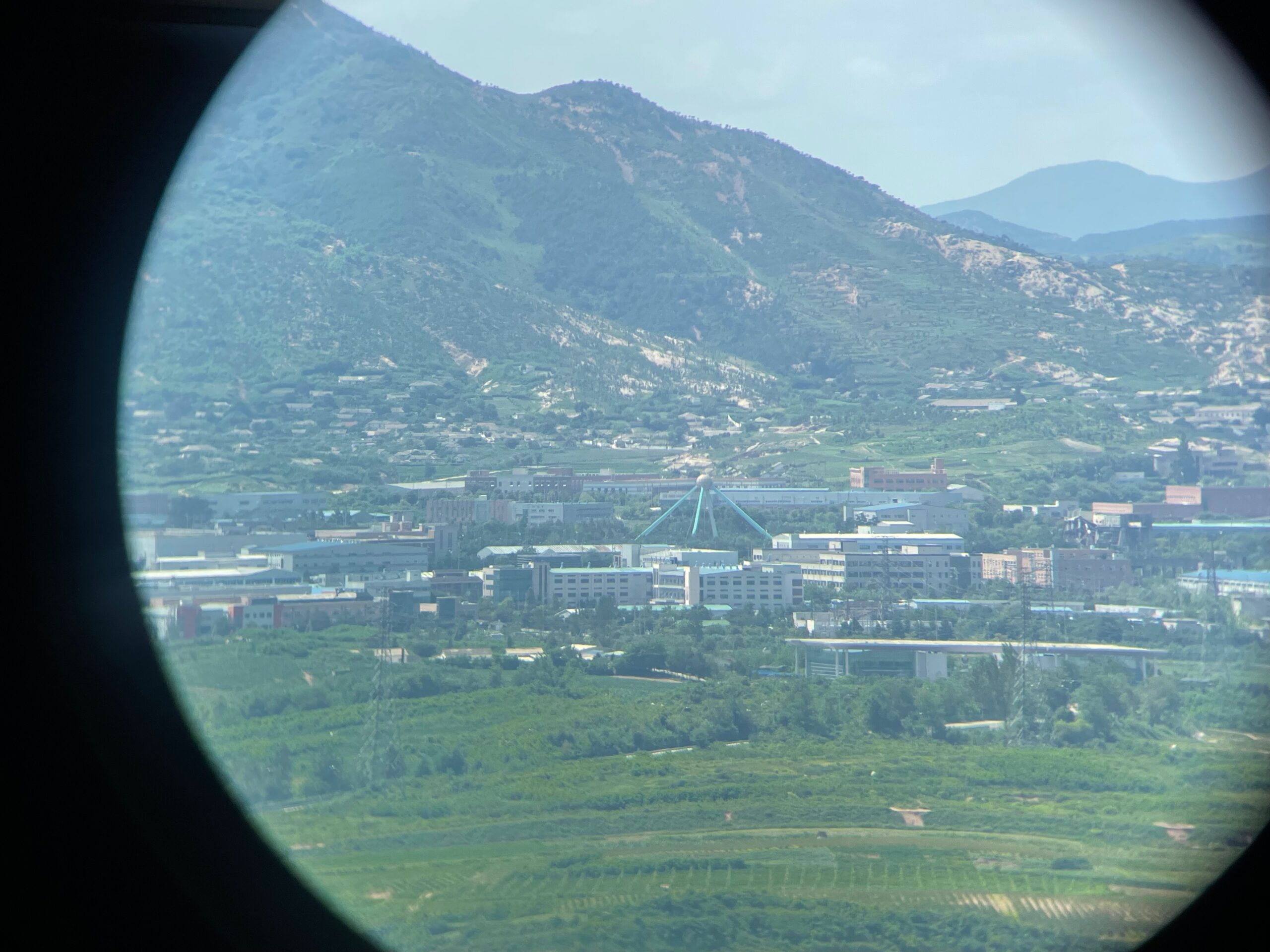 |
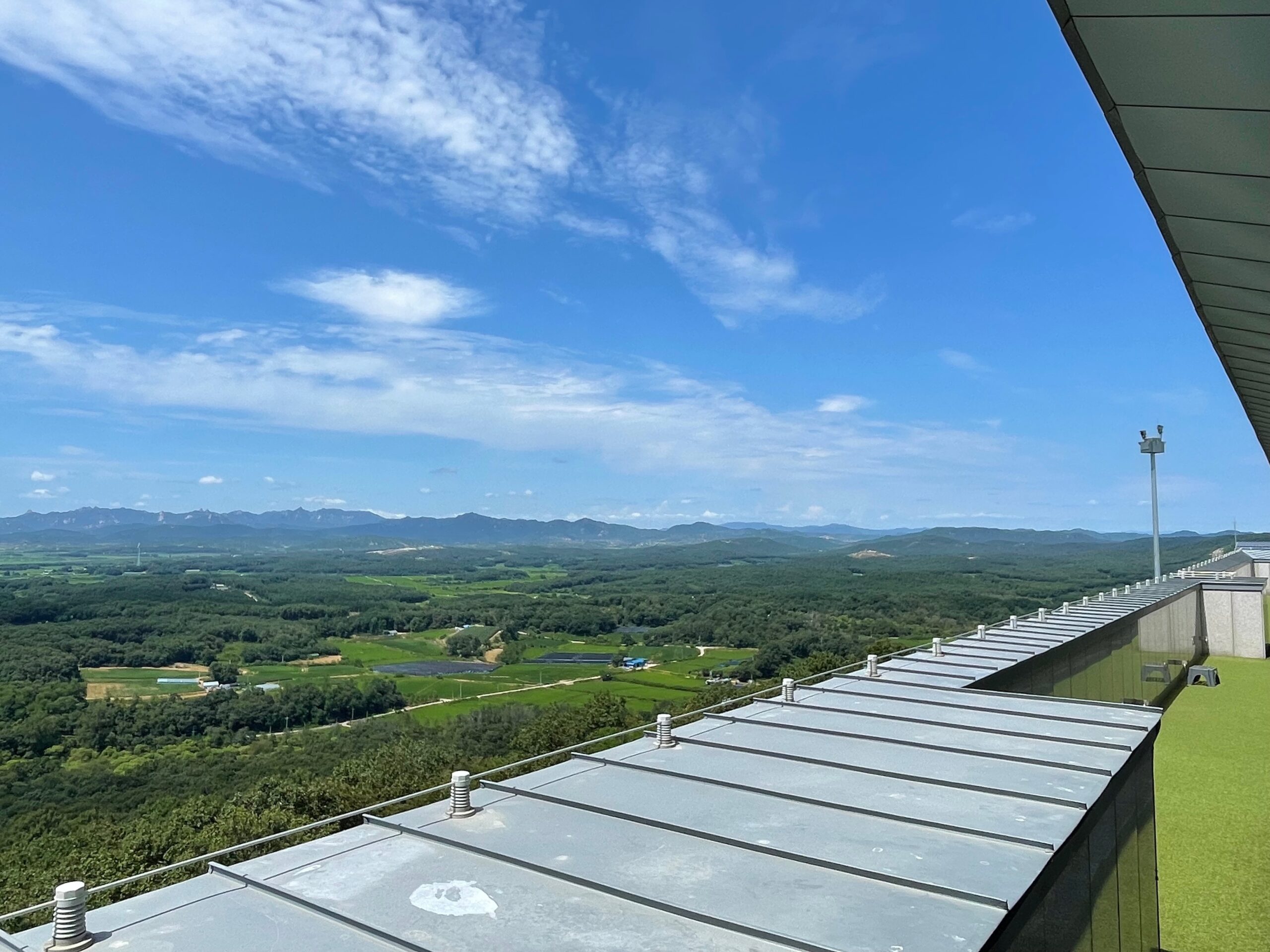 |
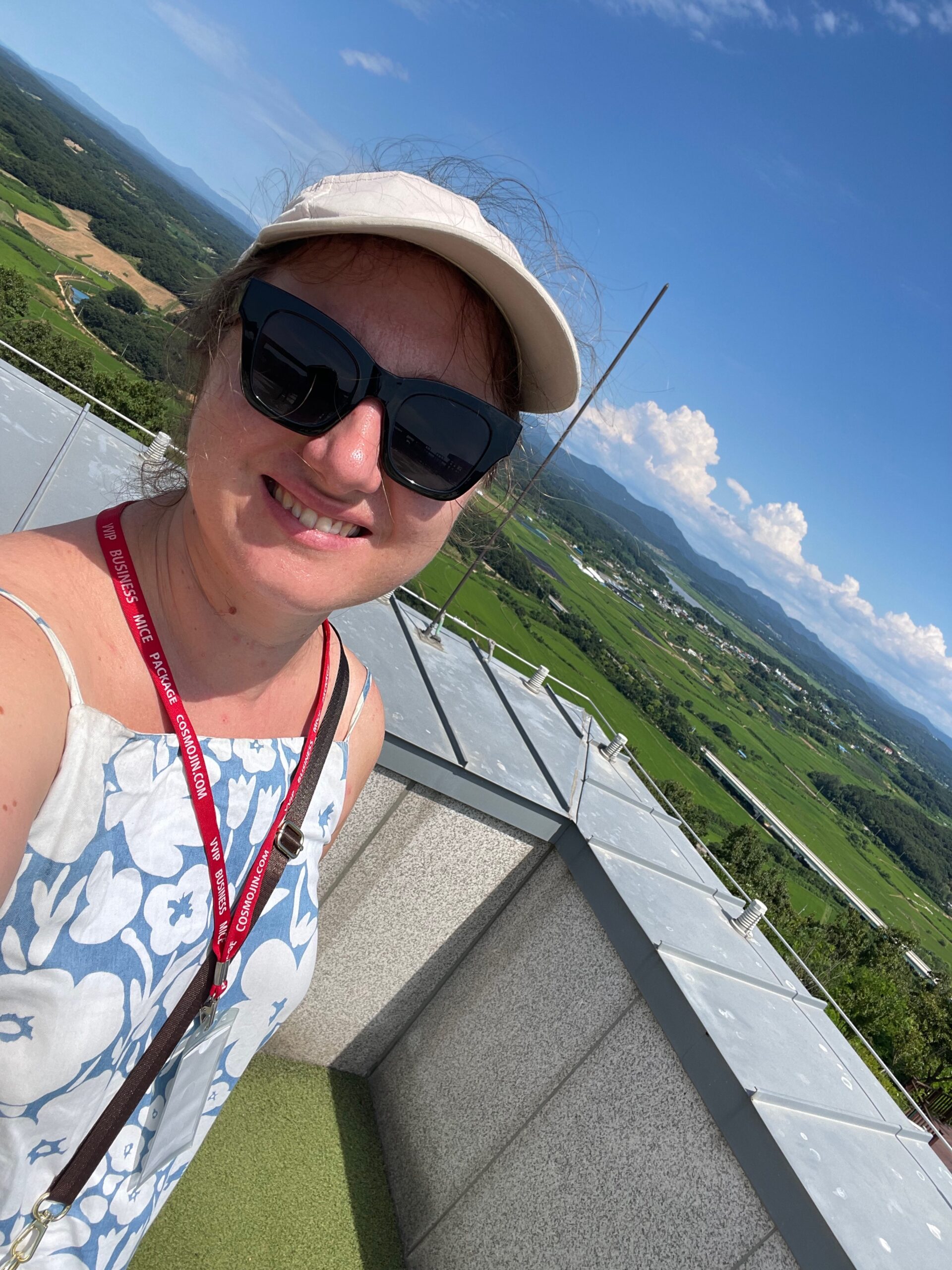 |
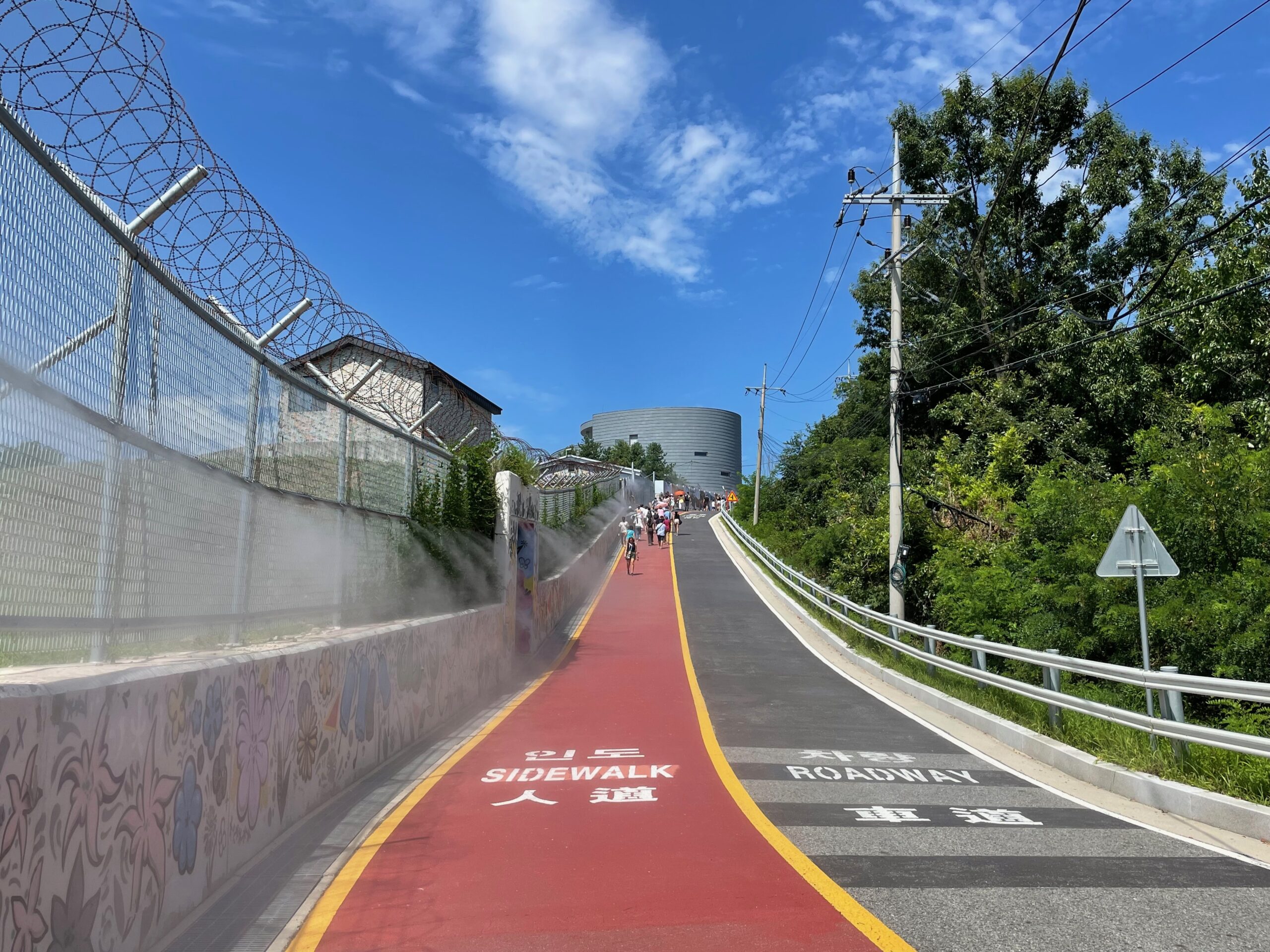 |
- Third Infiltration Tunnel
There are currently 4 underground tunnels dug out by North for possible infiltration and they were discovered by South. The 3rd Infiltration Tunnel was discovered in October 1978 which runs through bedrock at a depth of about 73 meters below ground. Capable of moving a full division per hour, plus their weapons, it is evidently designed for infiltration and sudden attacks to Seoul.
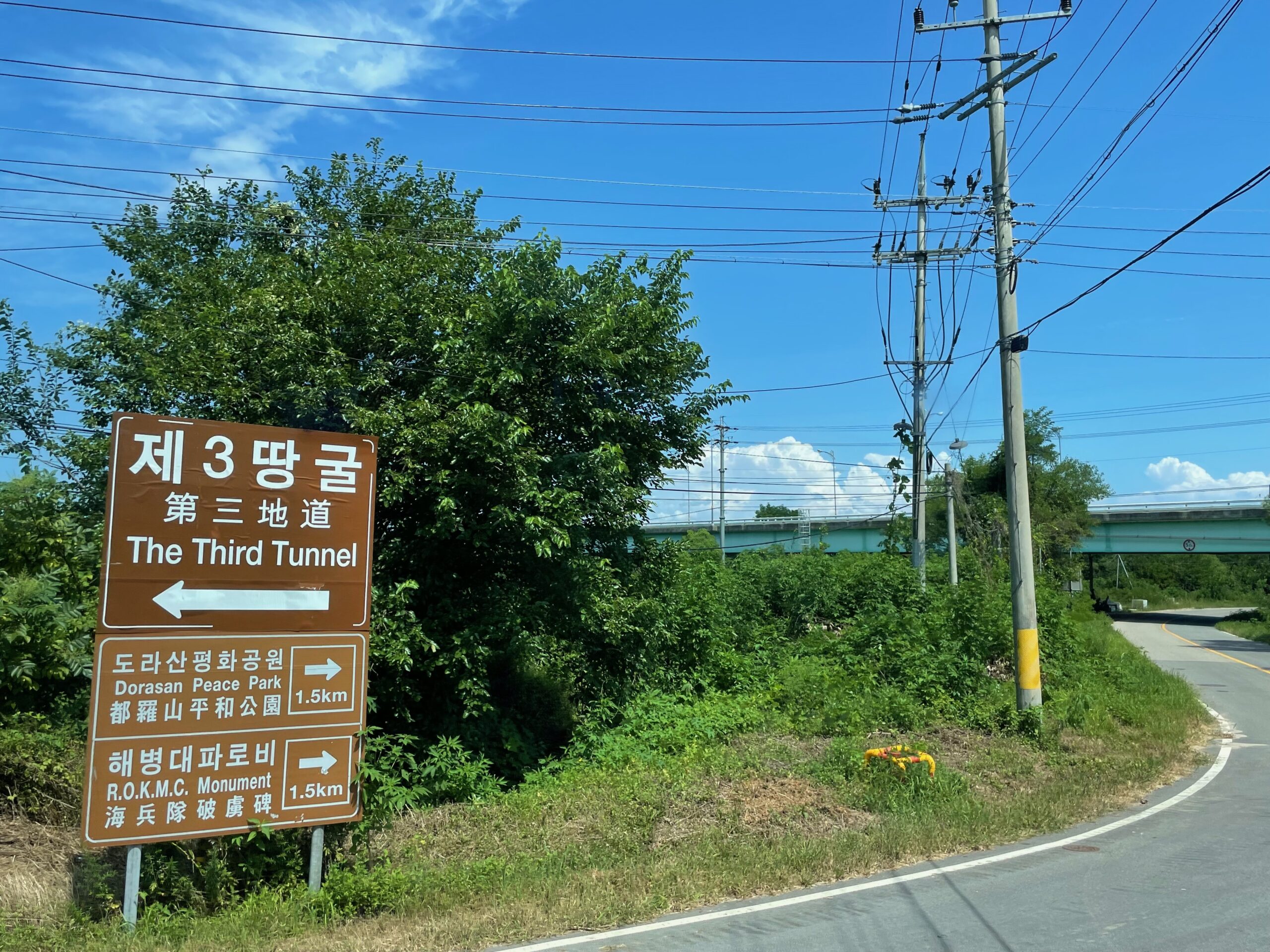 |
Other tours that you can also book (often pricier):
- Usual tour but with North Korean Detector
- DMZ the 2nd Tunnel Tour
- Northern Limit Line (sea border)
- Combine the DMZ classic tour with a tour of Seoul’s historical site (after getting back from DMZ)
- Joint Security Area (very limited capacities since Covid outbreak), this is the only tour during which you can make step on the territory of North Korea (the JSA is one of the most heavily fortified and closely guarded border areas in the world. Soldiers from North Korea and South Korea face each other along the Military Demarcation Line (MDL), which runs through the center of the JSA. This area is characterized by a high level of tension and military readiness. Despite its tense atmosphere, the JSA has been the site of various diplomatic meetings and negotiations between North and South Korea, as well as between the United Nations Command (UNC) and North Korea. Notable events include the signing of the Korean Armistice Agreement in 1953, which halted the Korean War, and subsequent negotiations between the two sides.)
What the price of the tour does usually include?
A typical tour will include the pick up from the hotel in the center of Seoul, the smaller buses pick participants from the hotel and bring to the common place where people enter bigger buses which go to the DMZ. In the price the English speaking guide is included which stays with you until you get back to Seoul. The guide is also responsible to get entry permission for the tour participants. The cost of the entry is also included in the tour. At the end, all participants are deposited in one place in the center of Seoul (indicated in the offer). Basically, there is no additional costs, note however, that meals and souvenirs are at your own expense (unless stated otherwise in the excursion description).
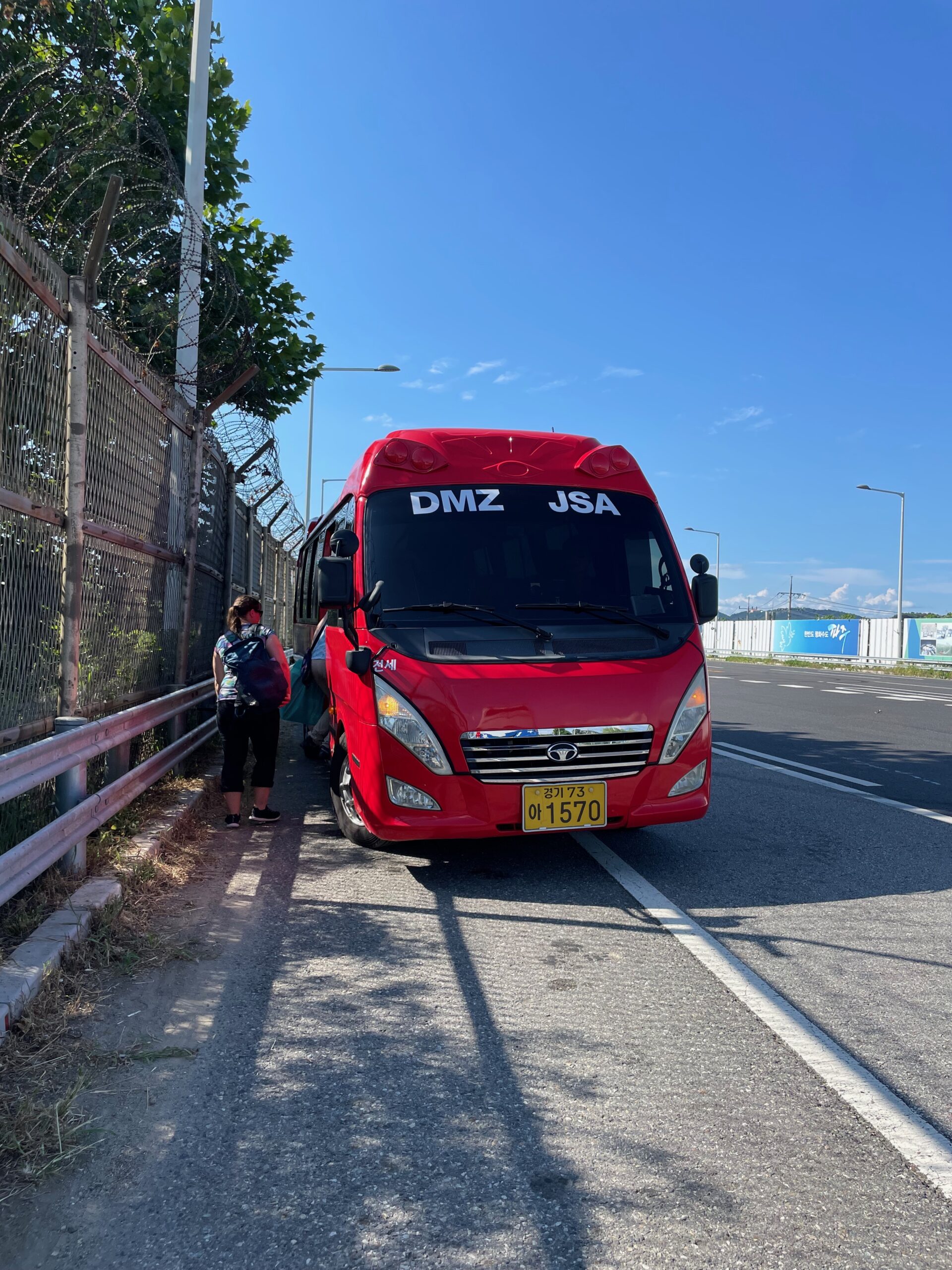 |
What to bring for the tour?
You can not enter the DMZ without passport, so bringing it is a must.
Since part of the excursion is on the open space, one should wear clothes appropriate to the weather conditions.
We visited in the summer, so few bottles of water were useful, suntan cream, hat and sun glasses were a must. For a simple tour there is no dress code. However, the comfortable shoes are useful when descending and then climbing up the infiltration tunnel. If you participate in Joint Security Area Tour there is a strict dress code (no short sleeves, military clothing) you will be instructed before the tour.
There will be shops in the DMZ zone with souvenirs but also with snacks and drinks so if you’re out of water or want to have a quick bite it’s still possible (be ready that the products will be slightly overpriced)
What to buy on a tour (souvenirs)?
We visited 2 souvenir shops in the DMZ area which are selling snacks and drinks as well as some souvenirs. We found there plenty of Korean food packed in jars, cans and sealed packages as well as ginseng teas and roots in glass jars. All those products could be easily packed to the luggage and brought abroad. We have seen many DMZ themed t-shirts, tote bags, mugs, keyrings, postcards and many others common collectibles. There was no products from North Korea except on one – sets of North Korean postal stamps with many original images – this I think it’s a really cool souvenir from the zone (not necessarily only for postal stamps collectors).You can choose between different sets of stamps (various sizes, quantity and of course images).
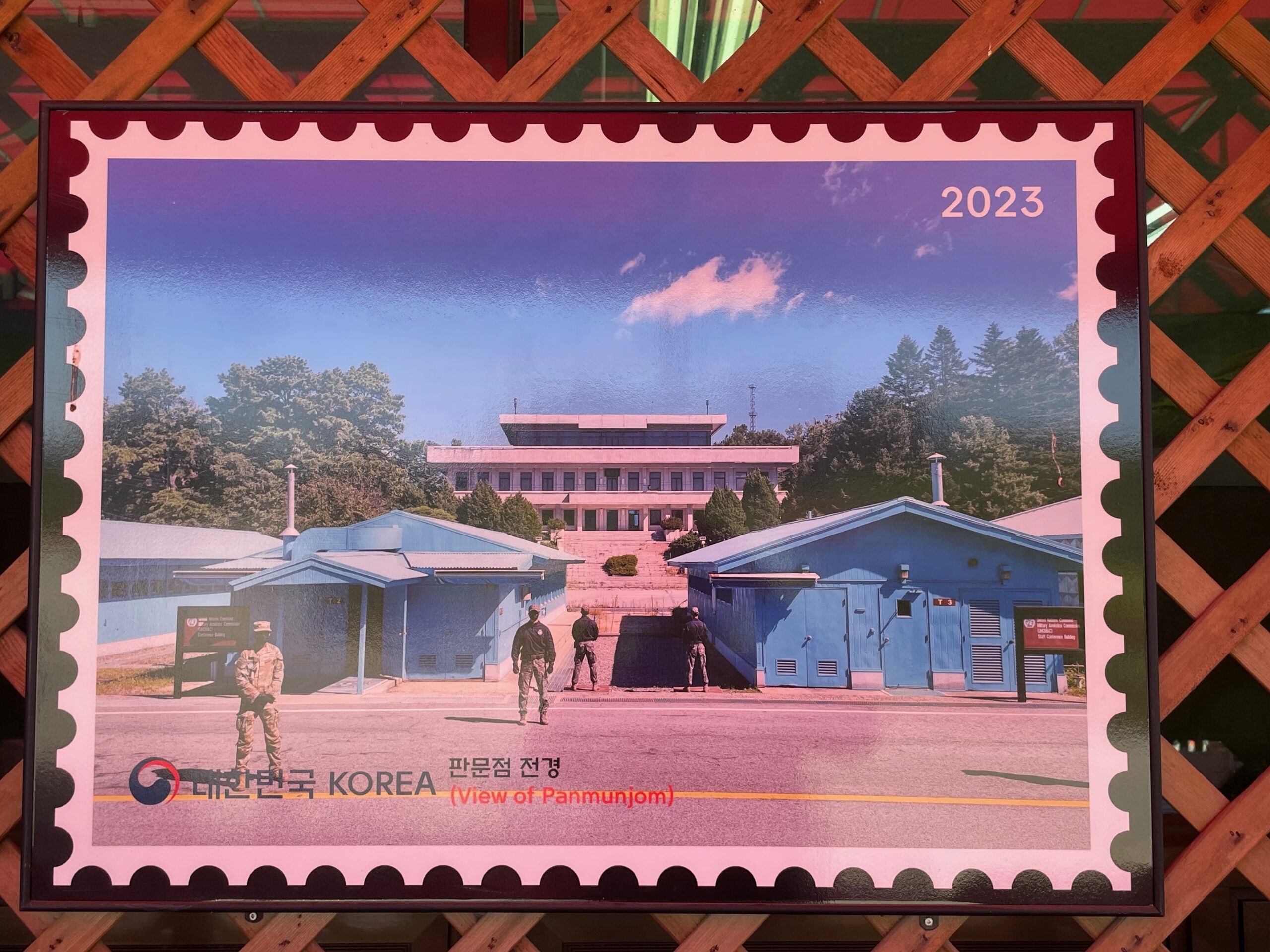 |
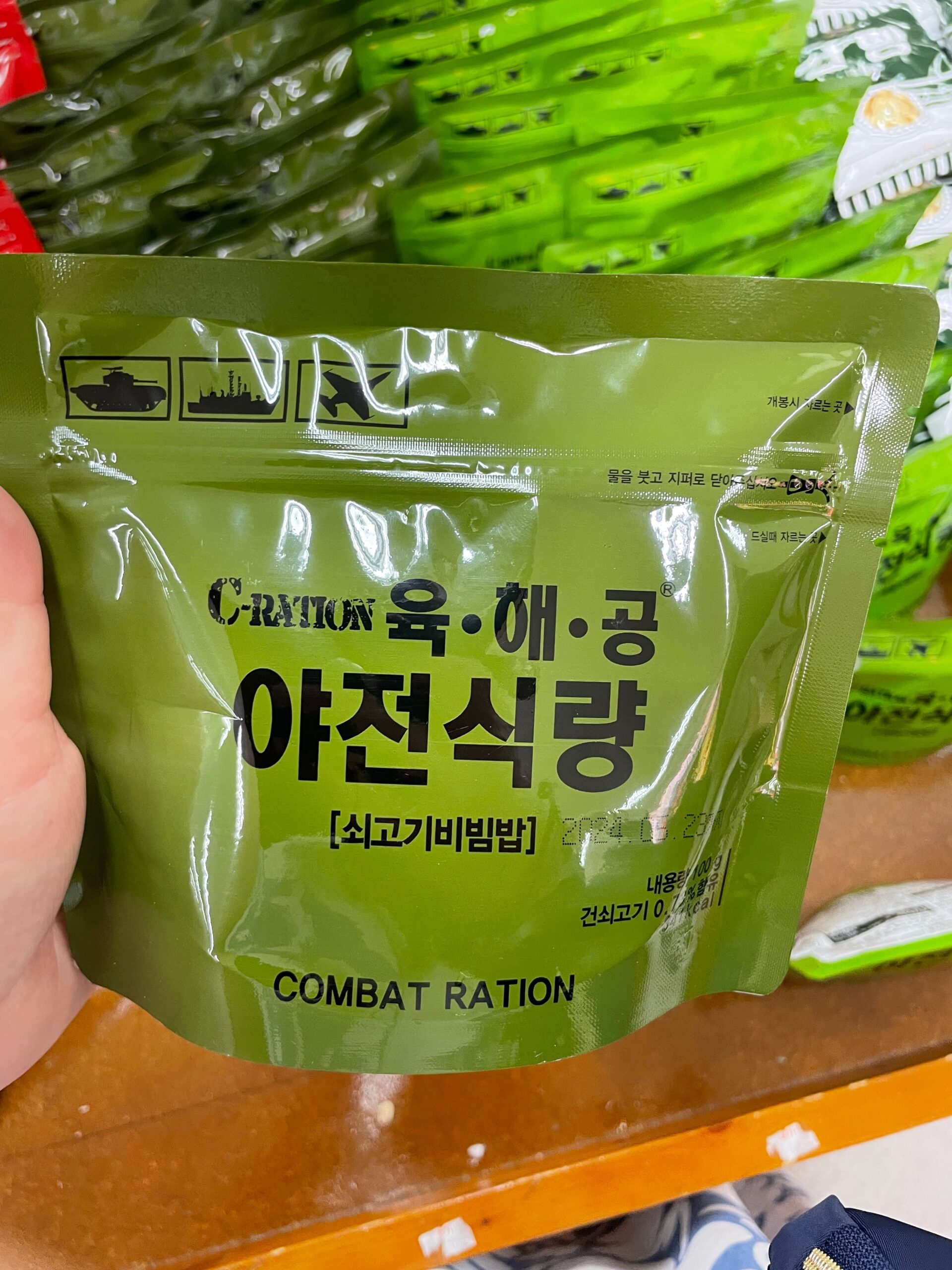 |
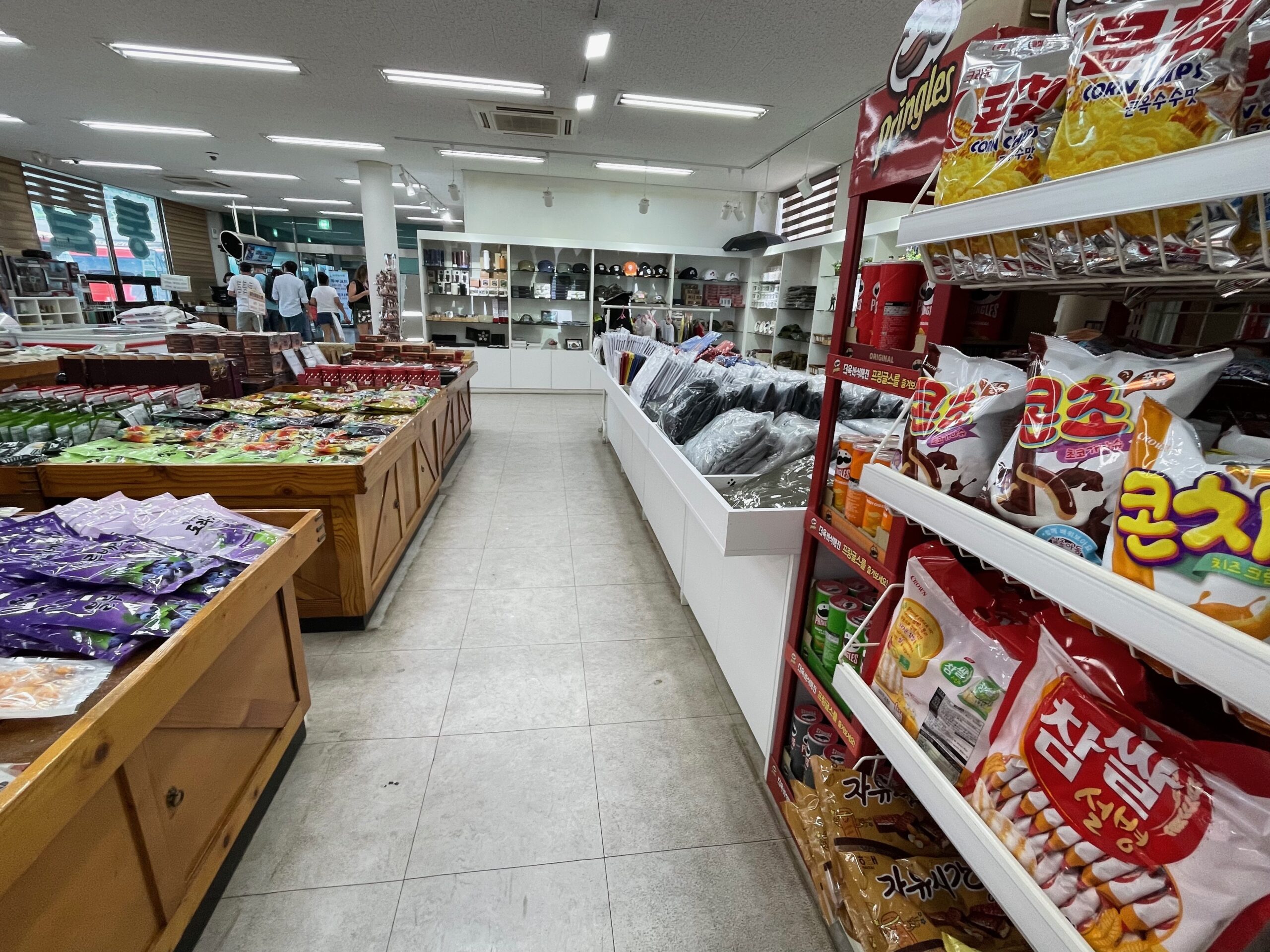 |
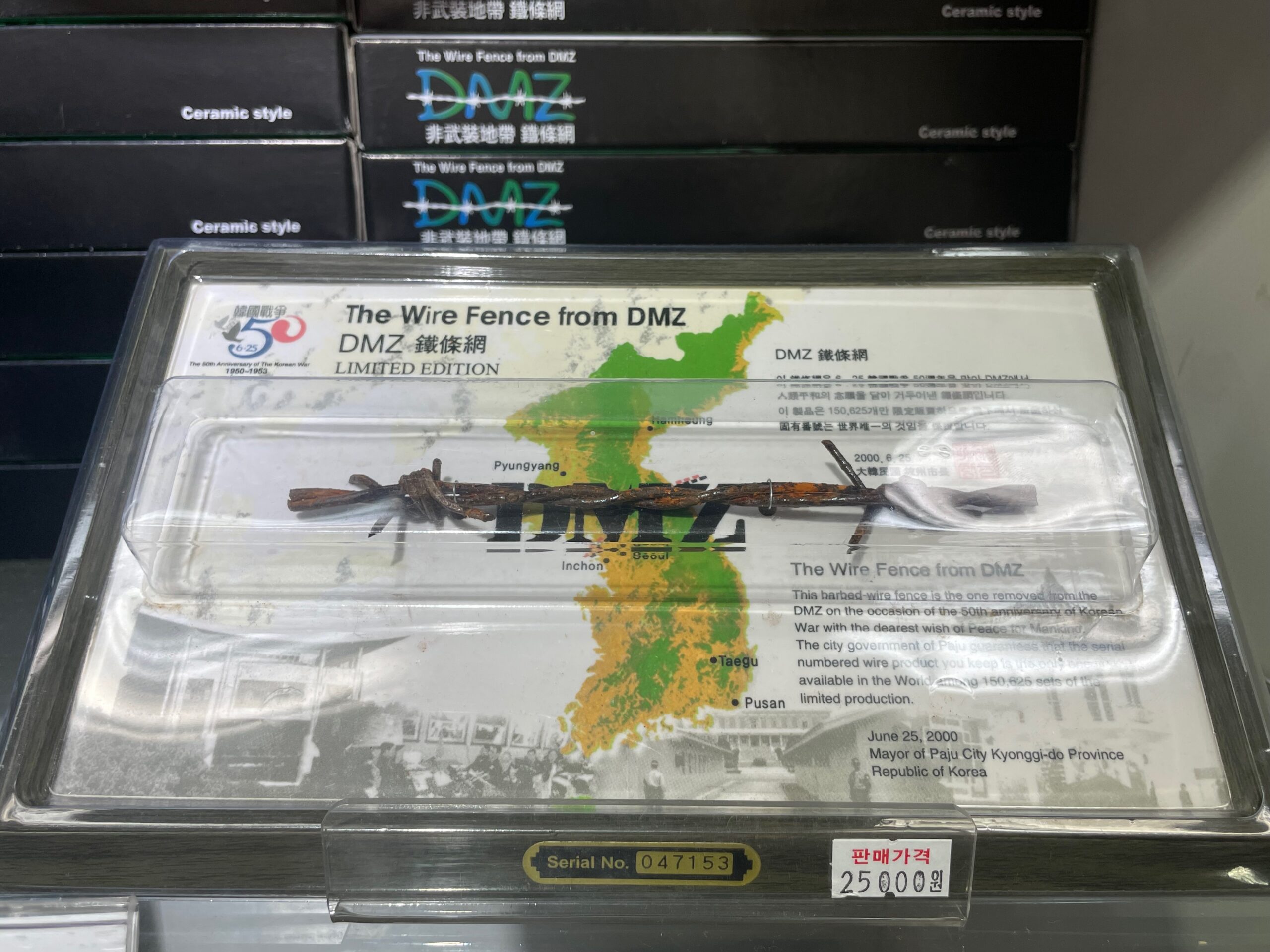 |
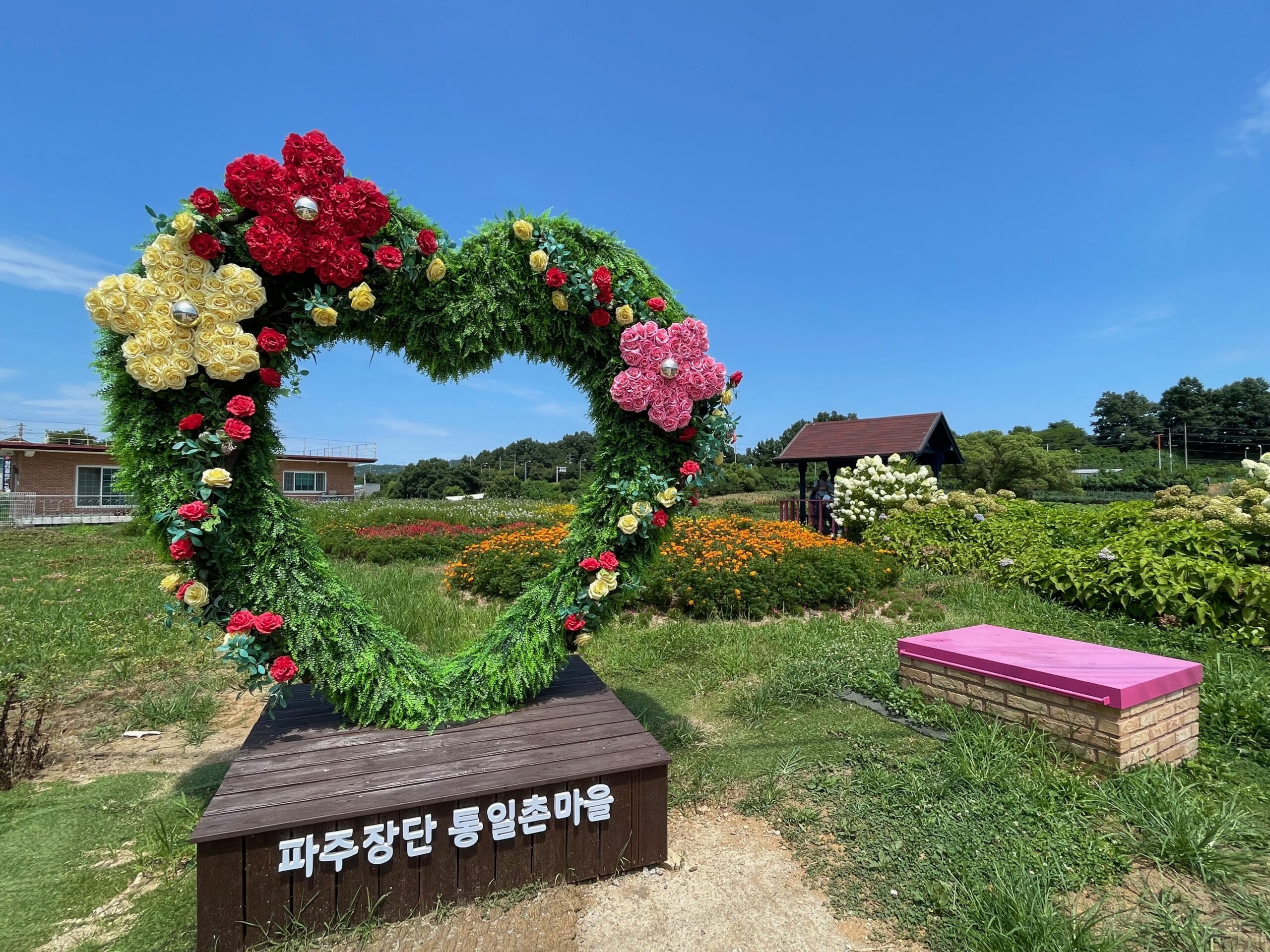 |
